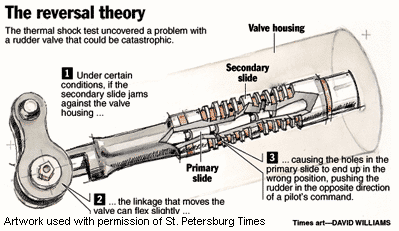Thirty-one years have passed since the harrowing crash of USAir Flight 427 on the evening of 8 September 1994.
I remember that evening with piercing clarity.
It was a Thursday, one of those golden late-summer evenings in western Pennsylvania—warm, gentle, a faint haze hanging in the sky. I’d been playing outside with friends after school, not a care in the world. Erie, my hometown, sat about two hours north of Pittsburgh, and on that evening, everything felt calm, ordinary, safe.
Then the ordinary shattered.

When I came inside and flipped on the television, the mood in the room changed instantly. Every local station carried the same banner: breaking news, a plane down near Pittsburgh. The weather had been flawless, so the words felt surreal, impossible. And when the anchor said it was a USAir flight from Chicago, my heart stopped. My dad was supposed to be flying home from Chicago that very night, connecting through Pittsburgh.
For a few agonizing minutes, time warped. My mind raced, my hands trembled as I dialed the airline’s 800 number—back then, there were no cell phones or websites to offer instant answers. Those minutes stretched like an eternity, until finally, blessedly, I heard the words: he wasn’t on that flight. Relief washed over me in a tidal wave.
But relief would not come for so many others. For 132 families, the phone brought only silence or words too heavy to bear. Their lives, in that moment, split into a before and an after. Their loved ones were aboard USAir Flight 427.
For them, nothing would ever be the same again.
A Sudden, Violent Descent

Flight 427 was a routine evening service from Chicago O’Hare International Airport (ORD) to Pittsburgh International Airport (PIT), operated by a Boeing 737-300 (reg. N513AU). The 55-minute trip was uneventful until the final minutes of descent.
Approaching PIT, Flight 427 was in sequence behind Delta Flight 1083, a Boeing 727, on the same arrival path. Radar data from that night confirmed that spacing was safe at more than four miles apart. At 6,000 feet and roughly 190 knots, the crew acknowledged instructions for the downwind approach for runway 28 right. Then, without warning, the aircraft jolted violently…at about the same time as it entered the wake turbulence of the preceding Delta jet. A series of thumps rattled the cabin as the 737 suddenly rolled hard to the left.
The autopilot snapped off. First Officer Charles Emmett, reacting instantly, slammed a rudder pedal, but the system betrayed him, forcing the rudder hard in the opposite direction. Captain Peter Germano and Emmett fought back with all they had, pulling the yokes right and back, trying to hold the nose up as the stick shaker buzzed its stall warning.
In the cockpit, strain and confusion filled the airwaves. “Hold on!” Germano shouted, again and again. “What the hell is this?”
Under crushing G-forces, his co-pilot gasped, “Oh shit!” Their final desperate command was one word: “Pull!”
At 1903 local time, just 28 seconds after the first jolt, the jet plunged nose-first into a wooded ravine in Hopewell Township, only seven miles from the runway. Traveling at nearly 300 miles per hour, the impact obliterated the aircraft instantly. There were no survivors.
On the ground, people gathered at a nearby soccer field watched in horror as the 737 seemed to fall straight from the sky, followed by fire, silence, and a column of black smoke.
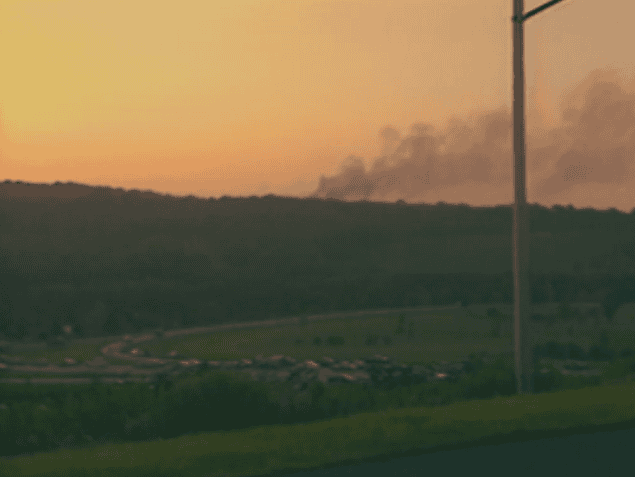
A Tragedy Without Explanation
What baffled investigators was the absence of any warning. The weather was clear. The crew made no distress call. The 737 had no history of catastrophic structural failures. Yet the flight data recorder showed a sudden, uncommanded left roll, one that the pilots could not overcome.
Flight 427 was not the first Boeing 737 to fall from the sky this way.
In 1991, United Airlines Flight 585 had crashed in Colorado Springs under nearly identical circumstances. With no apparent cause, the NTSB had reluctantly declared that crash “undetermined.”
Now, with another 737 lost in almost the same way, the possibility of a systemic flaw raised alarm bells in the aviation community.
Crash Facts: USAir Flight 427
- Date: Thursday, 8 September 1994
- Flight: USAir 427
- Route: Chicago O’Hare (ORD) → Pittsburgh International (PIT)
- Aircraft: Boeing 737-3B7 (N513AU)
- Occupants: 132 (127 passengers, 5 crew)
- Fatalities: 132 (no survivors)
- Crash Site: Hopewell Township, Pennsylvania — 7 miles northwest of PIT
- Timeline:
- 1903 hrs local time – Flight cleared to descend through 6,000 ft, acknowledged slowdown to 190 knots.
- Seconds later – Aircraft rolled sharply left, entered an unrecoverable dive.
- Impact – Nose-first at nearly 300 mph; massive explosion and fire.
- Investigation Length: 4 years, 6 months (longest in NTSB history at that time)
- Probable Cause: Uncommanded rudder deflection due to jammed servo valve in the rudder power control unit (PCU).
- Legacy: Led to redesign of the 737 rudder system, FAA-mandated fleet modifications, and enhanced pilot training.
A Flaw in the Rudder
The investigation into Flight 427 would become the longest in NTSB history at that time. For more than four years, experts dissected wreckage, ran wind-tunnel tests, and simulated failure scenarios.
The cause was traced to the 737’s rudder power control unit, or PCU—the hydraulic system that converts a pilot’s foot movements into rudder action. At its core was a dual servo valve, a precision part designed to direct fluid one way or the other. But under rare circumstances, the valve’s inner slide could stick inside the outer slide. When that happened, the rudder moved in the opposite direction of what the pilots commanded.
Investigators believed that’s exactly what happened to Flight 427. The pilots commanded a right rudder to steady the aircraft; instead, the rudder deflected left. At low altitude and airspeed, recovery was impossible.
Linking the Cases
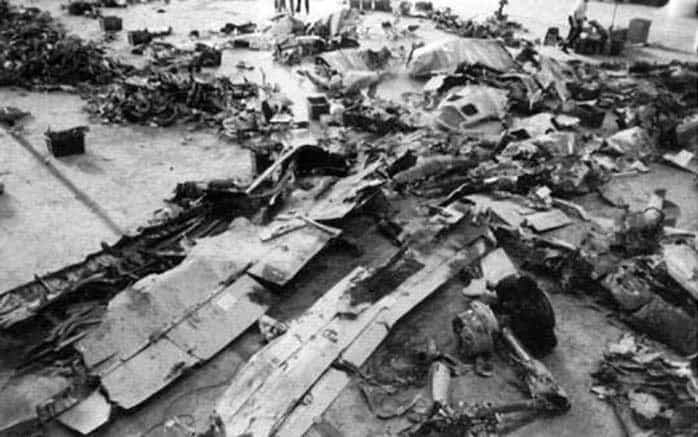
The loss of Flight 427 finally confirmed what had long been suspected after the crash of United Airlines Flight 585 in Colorado Springs in 1991. In both cases, Boeing 737s suddenly rolled out of control and plunged to the ground with no warning and no clear cause. At the time, investigators had been forced to label United 585’s cause “undetermined,” a deeply unsatisfying conclusion for both regulators and the families of those lost.
Flight 427’s similarities were impossible to dismiss. Both jets had been in stable approaches, both encountered sudden left rolls, and in both cases, the crews were unable to recover. The circumstantial evidence pointed squarely toward a rudder system failure. What had been a troubling anomaly in 1991 now appeared to be a repeat event.
The circumstantial evidence pointed squarely toward a rudder system failure. What had been a troubling anomaly in 1991 now appeared to be a repeat event.
The final piece of the puzzle came in 1996 with Eastwind Airlines Flight 517, a 737-200 traveling from Trenton-Mercer Airport (TTN) in New Jersey to Richmond International Airport (RIC) in Virginia, which experienced the same uncommanded rudder deflection. However, unlike the earlier flights, the pilots managed to wrestle the aircraft back under control and land safely. Their testimony provided investigators with something they had not had before: living witnesses who described the exact feel of a rudder reversal in real time.
The pattern was undeniable, with three cases spanning five years. In March 1999–nearly five years after the disaster– the NTSB issued its final report on Flight 427, concluding that a rudder malfunction caused the crash. It also amended the probable cause of United 585 to reflect the same finding. The evidence was no longer circumstantial but conclusive.
Boeing expedited redesign of the 737 rudder system, and the FAA mandated modifications for every aircraft in the fleet worldwide. What began as scattered, tragic mysteries had crystallized into a definitive safety breakthrough.
The Rudder Mystery Cases
- United Airlines Flight 585
Date: 3 March 1991
Aircraft: Boeing 737-200
Location: Colorado Springs, Colorado
Fatalities: 25
Notes: Crashed during approach after an uncommanded left roll. With no clear evidence at the time, the NTSB declared the cause “undetermined.” - USAir Flight 427
Date: 8 September 1994
Aircraft: Boeing 737-300
Location: Hopewell Township, Pennsylvania (near Pittsburgh)
Fatalities: 132
Notes: Nearly identical circumstances to United 585. The crash became the turning point that confirmed rudder malfunction as a systemic flaw. - Eastwind Airlines Flight 517
Date: 9 June 1996
Aircraft: Boeing 737-200
Location: En route from Trenton, New Jersey, to Richmond, Virginia
Fatalities: None (all aboard survived)
Notes: Experienced a sudden, uncommanded roll, but the crew regained control and landed safely. Pilot testimony provided investigators with the first live account of rudder reversal.
Lessons Carried Forward
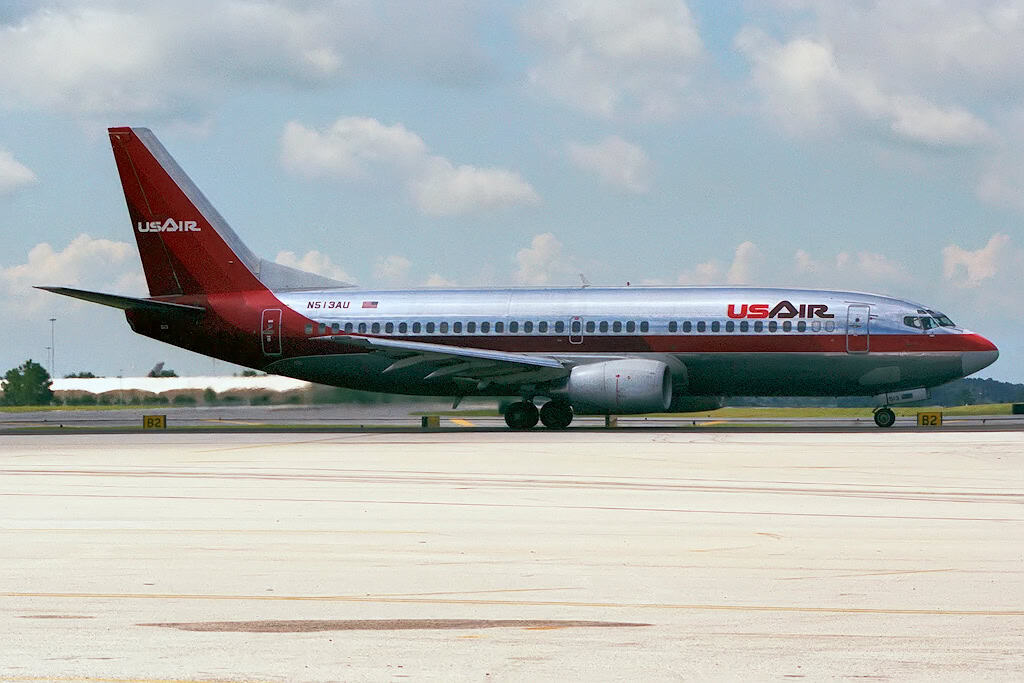
For the families of those lost on Flight 427, answers did not come quickly. The investigation stretched across more than four years, with multiple competing theories debated before the rudder system was confirmed as the cause. Many families became advocates, pressing relentlessly for transparency, funding, and continued technical work. Their persistence kept the investigation alive through periods when progress seemed stalled, and their voice was instrumental in ensuring the NTSB stayed the course.
Flight 427 forever reshaped the way complex accidents were approached. In the early 1990s, crash investigations often focused heavily on the specific circumstances of a single event. What 427 demonstrated was the need to connect data across multiple cases. United 585, USAir 427, and Eastwind 517 could not be solved in isolation, but when viewed together, a consistent pattern emerged. This practice of cross-case analysis became a model for later investigations.
The case also highlighted the importance of high-fidelity testing. Engineers subjected the 737 rudder system to exhaustive hydraulic and thermal tests, simulating conditions that were not considered in earlier certification standards. Advanced flight simulators were employed to recreate the exact aerodynamic loads, cockpit inputs, and upset sequences, giving investigators and pilots the closest possible view of how the aircraft behaved in those final seconds.
Equally important was the use of pilot testimony.
Equally important was the use of pilot testimony. In the Eastwind 517 incident, the crew’s firsthand description of the sudden rudder deflection and their control responses gave investigators a living data set, bridging the gap between abstract engineering analysis and real-world cockpit experience. This emphasis on survivor testimony has since become an established part of major investigations.
Together, these lessons reshaped the culture of accident investigation. Flight 427 showed that patience, persistence, and a willingness to revisit “unsolvable” cases could yield answers, and those answers could (and did) change global aviation safety.
USAir Flight 427: Its Legacy and A Closing Reflection
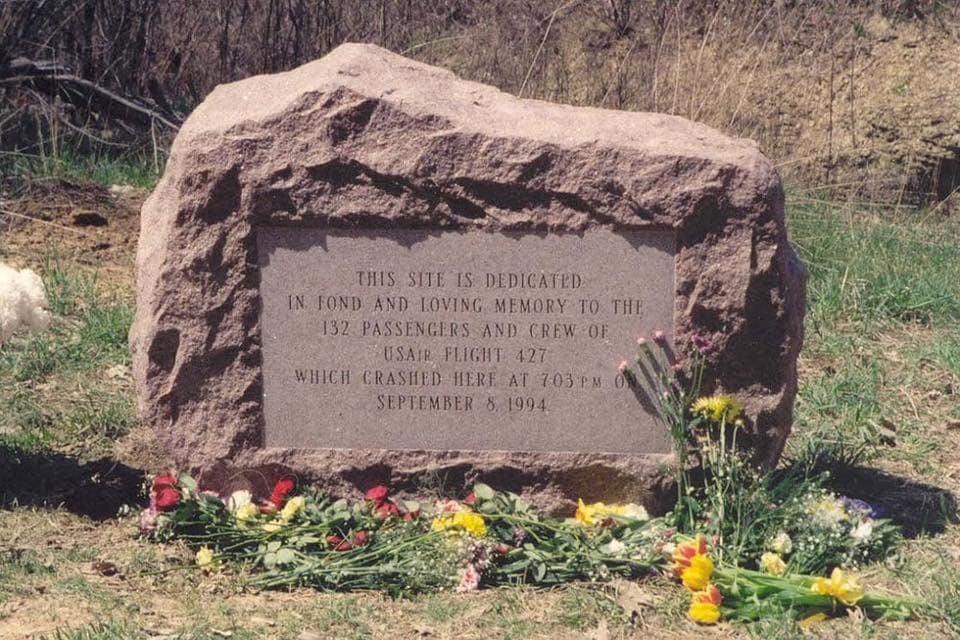
Today, the Boeing 737 remains one of the most widely flown airliners in the world, completing thousands of flights daily. Its redesigned rudder system, born out of the investigation into Flight 427, has prevented a repeat of the tragedies that claimed United 585 and USAir 427. The modifications became a global standard, ensuring that the flaw uncovered in the 1990s would never again cost lives.
For the aviation industry, Flight 427 was more than a single accident. It was the case that forced investigators, manufacturers, and regulators to confront the reality that even a small mechanical flaw could bring down a modern jet. It brought to the surface the truth that reliability must never be assumed and that unexplained accidents must be pursued until their secrets are revealed.
For the families, the loss was personal and permanent. Their relentless advocacy ensured that the investigation did not fade into uncertainty but pressed forward until the truth was uncovered. In doing so, they helped drive reforms that continue to protect millions of travelers around the world.
What began in heartbreak became one of aviation’s most important safety milestones.
Every routine landing of a 737 today carries the silent legacy of Flight 427.
This legacy echoes the truth that progress in aviation is often written in loss, and that even the darkest chapters can lead to lasting change.

